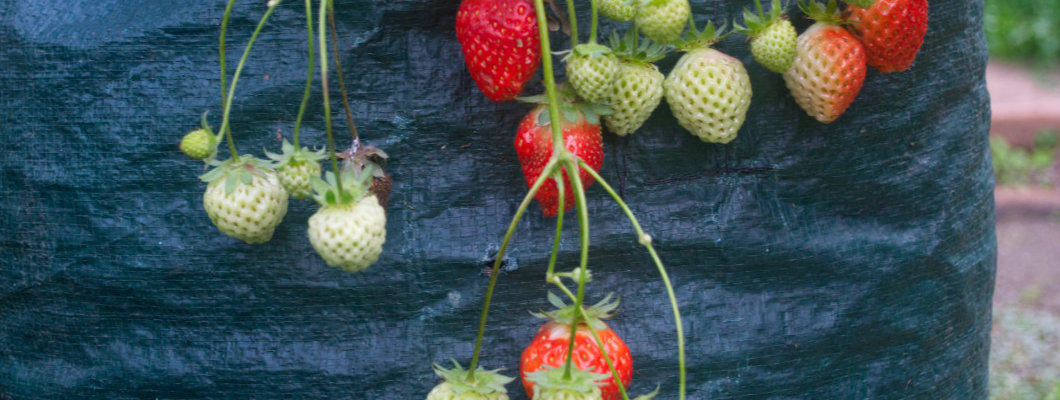
Title image above is copyright © Optimate Group Pty Ltd
First published 7th August 2021
My background is microbiology and biochemistry, but I developed an intense interest in botany much later, and wow, that discipline just does your head in, as investigating what exactly a fruit is reveals!
(Just while here, if you have any interest in microbiology and/or biochemistry, and how these apply to plants, I’m writing a deep-dive online book From Soil to Fruit here.)
This post will explore the amazing strawberry, which is neither a berry, nor even a fruit!
What is a Fruit?
To summarise the earlier What is a Fruit? article:
• ‘fruit’ is the botanical term for the seed-bearing structure which forms from a flower’s ovary;
• only the flowering plants (Angiospermae) produce fruits; and
• there are several categories and subcategories of fruit types.
Let’s revisit the diagram used in that article, of a ‘perfect flower’. A perfect flower, also known as a bisexual flower, is one with both male and female parts and which is self-fertilising. Most flowers are bisexual, and the species which produce perfect flowers are termed hermaphroditic.
Note the location of the flower’s ovary (in the larger black circle) — this is what a botanical fruit develops from. Note also the pedicel (the stem which attaches the flower to a branch) and the sepals (the typically green structures between the pedicel and the flower’s base).
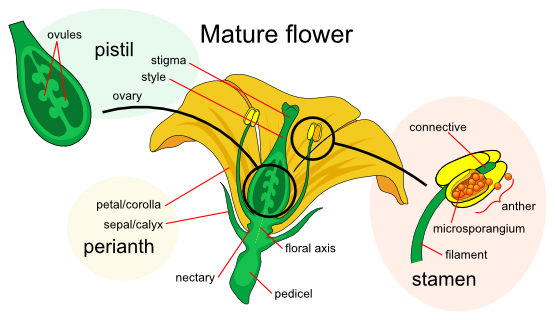
Anatomy of a perfect flower
Attribution: LadyofHats, Public domain, via Wikimedia Commons
Note the location of the pedicel and sepals on each strawberry in the image below:
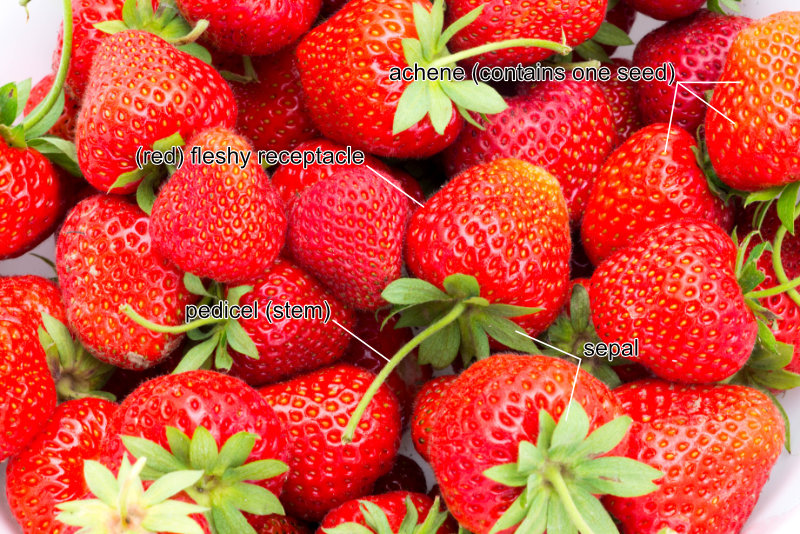
copyright © Optimate Group Pty Ltd
You’d be forgiven for thinking the big fleshy red part was the developed ovary, and therefore the fruit, but the little yellow things each red thing is dotted with reveals its true identity. Don’t worry if this isn’t clear to you from this photograph — it isn’t! You either need to observe a developing flower in real time, or see a sequence of many photographs showing this ongoing development for this to be more apparent (a future blog post I’d love to do!).
But the big red fleshy thing is actually the receptacle, or the thickened part of a pedicel from which the flower sex organs grow. The image below shows where the receptacle may be positioned depending on the flower (a strawberry’s flower is epigynous as its ovary is below the point of attachment of the other floral parts):
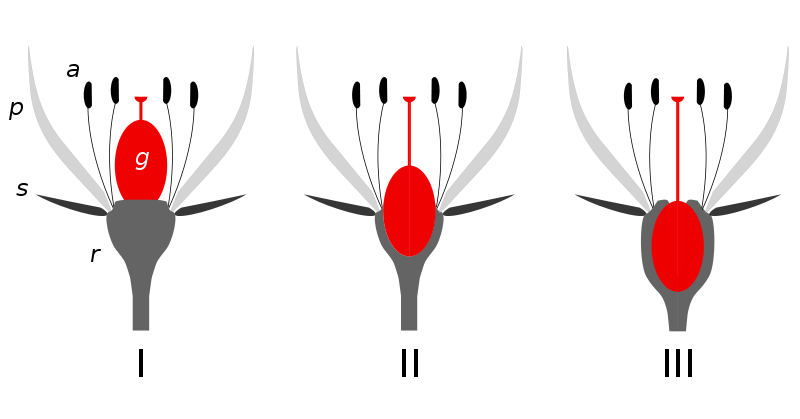
Ovary insertion: I superior (in hypogynous flowers) II half-inferior (in perigynous flowres) III inferior (in epigynous flowers).
a androecium (male stamens); g gynoecium (female pistils); p petals; s sepals; r receptacle
Attribution: Ulf Mehlig, CC BY-SA 2.5, via Wikimedia Commons
In the strawberry’s case, it is the receptacle of each flower which has swollen, reddened, and become the edible part we call a strawberry fruit!
The botanical term for what we call a strawberry is accessory fruit, which is any (non-botanical) ‘fruit’ which develops not from the ovary but from surrounding tissue. [More specifically, the surrounding tissue which is external to the carpel, or the female reproductive parts of a flower (the ovary, style and stigma).]
(In the generic diagram of a perfect flower’s anatomy above, the word ‘pistil’ can be interpreted as ‘carpel’ in this instance, but please note that the word ‘pistil’ can also refer to a collection of carpels fused together on the one flower.)
Not all accessory fruits develop specifically from the receptacle, but some others which do include the fig, mulberry and pineapple. (Another group of accessory fruits called pomes, which include apple, pear and quince, develop from a structure called the hypanthium which we won’t get into here.)
So that’s the red part explained — what about the yellow bits which dot the receptacle? People know these to be the seeds, but those yellow bits are actually the fruits! Specifically, a dry (non-fleshy) fruit known as an achene.
An achene is a hardened ovary wall firmly enclosing a single seed, such that together these seem a single unit. And because an achene is very much a “seed-bearing structure which forms from a flower’s ovary”, it is very much a botanical fruit!
That the receptacle is studded with so many achenes of course means that the original strawberry flower contained multiple ovaries, each of which developed into a (dry) fruit.
In short, a strawberry is not a fruit, as it didn’t develop from an ovary — but it is an accessory fruit which developed from the flower’s receptacle.
A strawberry is also not a berry — but why?
What is a Berry?
‘Berry’, like ‘fruit’, is another word with both a common-use meaning and a very specific botanical meaning. The word ‘berry’ in ordinary speech conjures up images of strawberries, raspberries, blackberries, and blueberries, but of these, only blueberries are true berries — as are tomatoes, grapes and bananas!
So what, botanically-speaking, is a berry?
A true berry is a fleshy fruit produced from a single flower with a single ovary. Right away we can see how that excludes the strawberry, which is an accessory fruit covered with dry fruits (achenes), each having come from one of many ovaries within the strawberry flower. There is more to the definition too, in that a true berry does not contain a stone, and the seeds are typically embedded in the flesh of the fruit. (There are exceptions, such as with the capsicum, also a berry, but with its seeds surrounded by air rather than pulp.)
One further point well worth making, is that not all botanical berries are edible — potato fruits are a good example of berries which are poisonous!
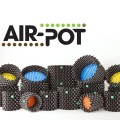
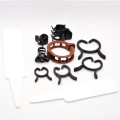
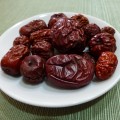
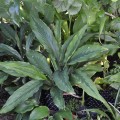
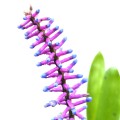
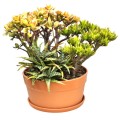
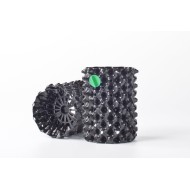
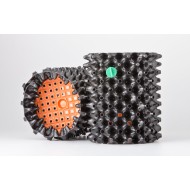
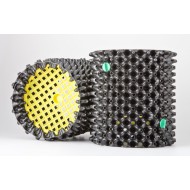
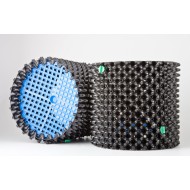
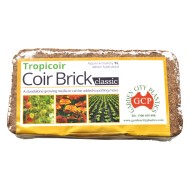
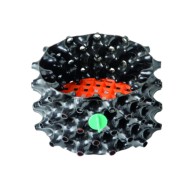
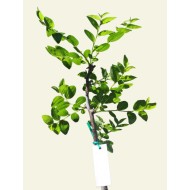
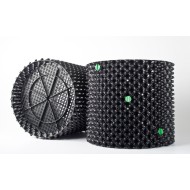
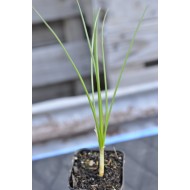
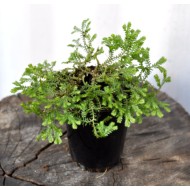
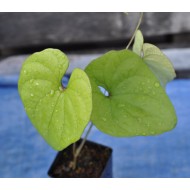
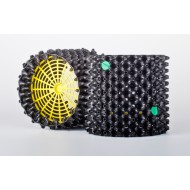
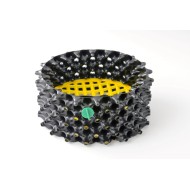
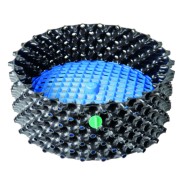
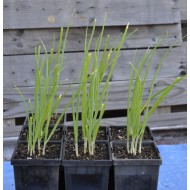
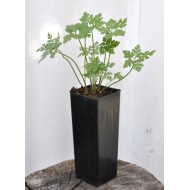
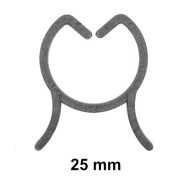
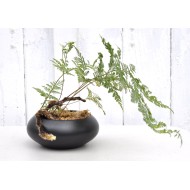
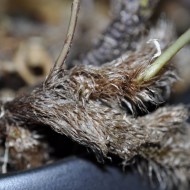
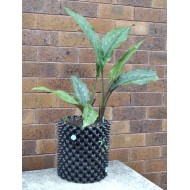
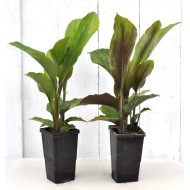
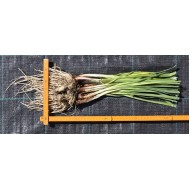
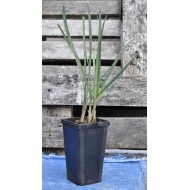
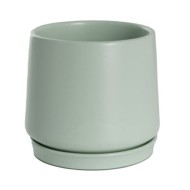
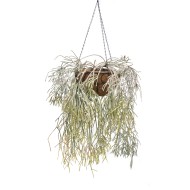
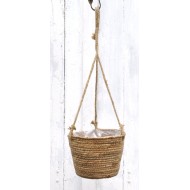
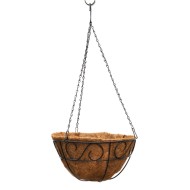
Leave a Comment